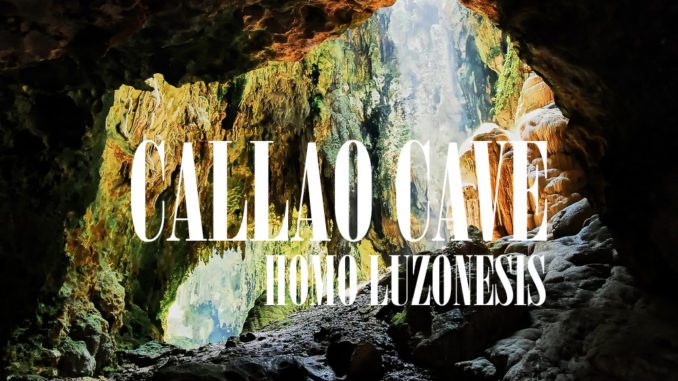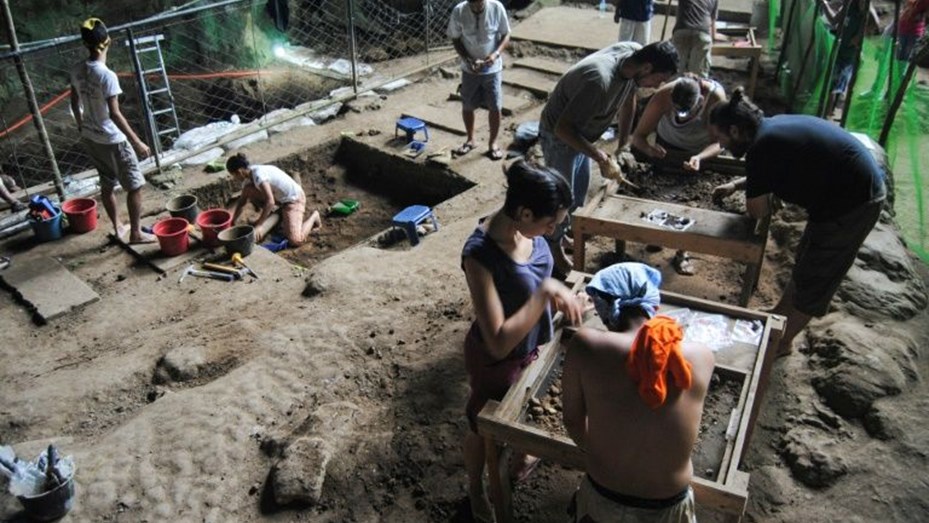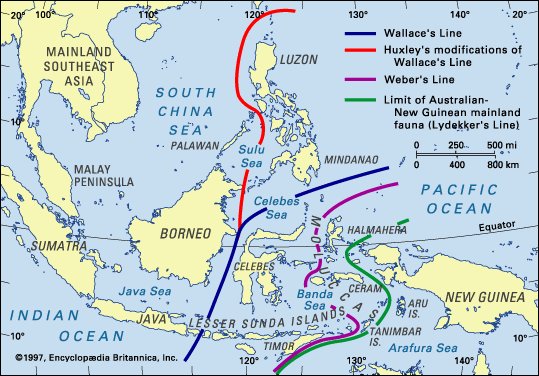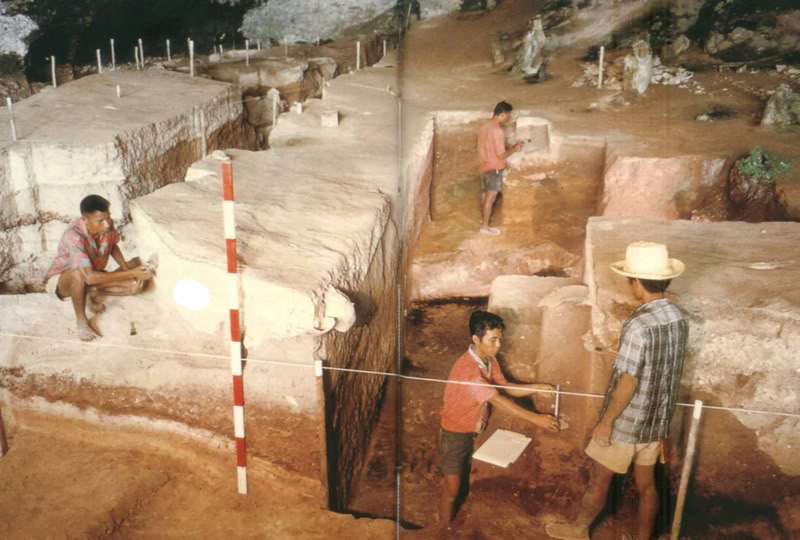
An amazing discovery took place when Philippine researchers unearthed new fossil evidence of our ancestors. Similar early humans in the area have been dubbed the ‘Hobbits’ due to their smaller stature. This discovery is called Homo Luzonensis, as the discovery took place on the island of Luzon within one of the remarkable caves found there.
While just a handful of bones were discovered when digging, they were found 3 meters deep in a bone pit within the Callao cave. The evidence bought by the analysis of 13 new pieces of Philippine fossil remains is now linking this to the Homo erectus. Displayed fossils include teeth, hand and foot bones, as well as part of a femur. This new species scientists believe may have crossed the sea to the Island of Luzon.
Furthermore, they have determined that these bones are from a female that was just 3 feet tall. The researcher Florent Détroit believes this new species evolved as a result of a form of island dwarfism. Given that the discovery is fairly recent, the bones are estimated to be 50,000 years old. Much of the bone and tooth study has revealed shocking features about our ancestors.
A curved toe bone indicated that these smaller hobbit-like hominids could climb trees. Other evidence shows that teeth have traits that are very similar to humans. Though these teeth were much smaller, the roots found in the premolars had two or three roots. Much like modern humankind, their root system was highly developed. Researchers are still uncovering clues about their early life.


Who discovered Luzonensis?
While this discovery is beginning to reveal more about this pygmy-archaic human, it’s not the first of it’s kind. Two archaeologists back in 2007 were the very first to discover Luzonensis in the very same cave. The efforts of Armand Mijares and Philip J. Piper are to be credited in finding them buried over three metres underground.
These small dwarf hominids were estimated to have lived on the island in the Late Pleistocene period. This can be dated as far back to a geologic period 11,700 years ago. It’s further hypothesized that at that time, the sea levels were lower in the Philippine Islands. The ancestors of H. Luzonensis would have used a passage route called the Huxley line.


Also found within the cave were an extraordinary amount of bone fragments belonging to the Philippine deer. This further supports the evidence that deer bodies were dragged into the cave to be eaten. Ancient tool fragments show that bones of the deer were used as well. 90% of the bone fragments recovered from within the north Luzon cave were all deer.
That wasn’t the only discovery that the two archaeologists had found. It seems that the Philippine warty pig and a now-extinct bovid were also among the other bones discovered there. Still, the biggest news that rocked the Philippine scientific community hadn’t been revealed yet. Through the efforts of the French anthropologist Florent Détroit, it wasn’t until 2010 that these bones were linked to humans.
What is the oldest human fossil found in the Philippines?
There is one more discovery that does deserve to be noted since the early evolution of mankind dates back further. Discovered within the Tabon Caves by an American anthropologist on May 28, 1962, revealed the Tabon Man. This incredible find yielded skull fragments of a female and jawbone fragments from others.
These bone fragments are believed to be the oldest types of human remains that have been discovered in the Philippines. These have been dated as far back as 16,500 years ago! The Tabon caves located along the west coast of Palawan, also revealed later that this location served as an ancient factory. The evidence is shocking about what the researcher had found.
This stone-age factory as it appears had four separate working levels within the main chamber. The remains of waste core flakes littered on the floors revealed this evidence. Both finished and unfinished stone flake tools were also found within the cave. Three fire piles further showed that these early humans used charcoal to keep warm and have some light.
The Tabon bones were determined to be a pre-Mongoliod through the study of anthropologists. Although the jawbone fragments were identified later by two experts to be distinctly Australian in shape. This could suggest that the female skullcap that was found in 1962 is closer to the Tasmanian or Ainu people. Further shedding light on the evolution of the Philippine people.


Ancient people also used boats?
It is also suggested by modern anthropologists that the migration waves occuring over 50,000 years ago were increasing. Among many theories presented, such as the ‘Out of Taiwan’ model that was first presented by Peter Bellwood. He suggests that the first Austronesians reached the Philippines around 2200 BC, coming from Taiwan.
Another theory gives a different twist. The modern ‘Out of Sundaland’ theory relies on the last ice age data that proposes that ancient people used routes. Specifically, areas including Sumatra, Borneo, Java, and the Malay Peninsula all had migrants who wandered through the Philippine Islands. And still, the issue is highly debated for lack of proof other than bones that have been found.
One solid link to the fossils that have been discussed, leading to the northern Luzon ancestry seems to be Negrito. This branch of Philippine ancestry fits in with the Australo-Melenesian groups that arrive in the Paleolithic period. For the most part, compared to modern humans in the Philippines today, the link is unmistakable. It further shows how evolution is truly adapting to the local habitat we live in.
What will they uncover next?
Eager archaeologists are still at work in the caves of Luzon and may have further human discoveries to announce. While these are smaller steps in mapping out the history of humans in the Philippines, it’s still big news. Now, let’s just see what comes out of the Luzon caves next?
Click to read more about the history of the early Philippines


Be the first to comment